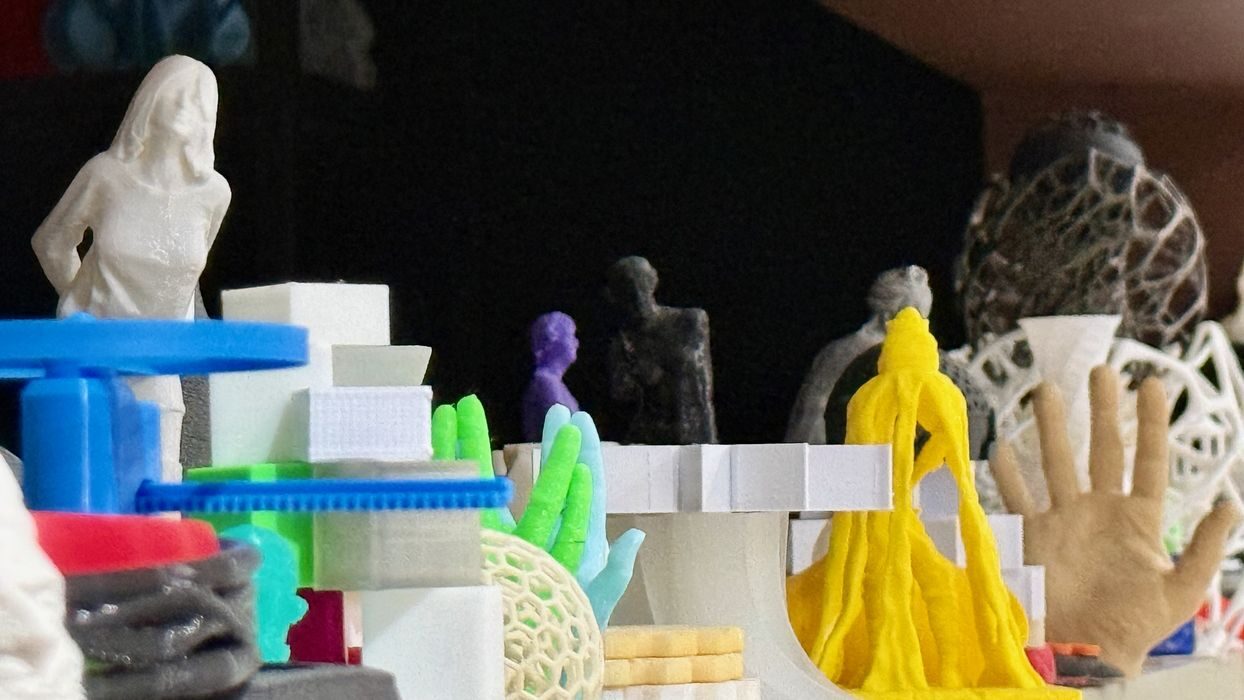How to Launch and Market a 3D Printing Business with What You Already Have

You already have what you need to start a 3D printing business.
No MBA required, no fancy equipment upgrades necessary. Your current printer, the software you’ve figured out, and the designs you’ve created are all business assets ready for action. Those weekend projects could become your first paid orders with less effort than you realize.
Running a home business with 3D printing allows you to stay agile, remain self-sufficient, and operate sustainably while turning your hobby into income. Most successful 3D printing businesses started with exactly what sits on your desk right now.
Your current setup contains everything needed to start earning money. The printer on your desk, the slicer software you know how to use, and even your drawer of filament scraps count as business assets. Successful 3D printing entrepreneurs started with setups similar to yours.
Make a quick inventory of your resources:
Notice which of your 3D prints got positive reactions. The miniature your friend wouldn’t stop talking about, or the kitchen gadget your family actually uses, regularly indicate market potential!
Do your market research by considering potential customers for similar items. For instance, gamers often pay big bucks for quality miniatures, and home businesses benefit from 3D printing in countless ways. Local retailers need display solutions, while cosplay communities constantly search for custom props. Your current skills probably align with multiple customer segments, and it’s up to you to carve out your very own niche in them.
Limit your offerings instead of trying to print everything possible. Pick one or two specific services you can deliver consistently with your current setup and skills. Focused offerings attract customers because they understand exactly what you provide.
Successful small 3D printing operations typically specialize in specific products:
Your specialty needs to solve real problems, not reinvent manufacturing. Consider trying profitable 3D printing businesses like footwear, customized products, prototyping services, art pieces, or even robotics components. These straightforward products meet everyday needs while allowing you to expand your skills.
After choosing your focus, write a clear offer statement that includes the exact items you create, the specific people who need them, and the problem your product solves. Something like: “I create custom tablet stands for retail shops wanting branded point-of-sale displays.”
Start with practical items you can consistently produce with your existing equipment. Creating a go-to-market strategy will help outline your target customers, key value proposition, and messaging when launching your new service. Your simplicity gives you an edge over larger companies with complicated processes and overhead costs.
You can market your 3D printing business effectively without an advertising budget. Plenty of free and low-cost digital channels exist where you can showcase your work.
Share your creations in places where potential customers already spend time:
Photos and videos work incredibly well for 3D printed products. Capture well-lit images showing your items from multiple angles, preferably in real-world use. Short videos of your printing process demonstrate your craftsmanship and build trust.
Keep your sales infrastructure simple at first. Use established platforms instead of custom solutions, such as:
These platforms handle technical e-commerce details while you focus on creation and production of high-quality items for sale. You can invest in more sophisticated sales tools gradually as your order volume increases.
Every product you deliver shapes your business reputation, especially during your early days. Pay attention to quality control and communicate clearly with customers, as each interaction lays groundwork for future growth.
Adopt these quality practices from day one:
Satisfied customers become your most powerful marketing team. After delivering successful orders, politely ask for feedback, photos of the product in use, or a short review. Future buyers will trust these testimonials more than any sales or promotional content you could come up with.
Try cost-effective ways to impress customers through memorable experiences, promotional products, and creative marketing methods like social media. Simple touches like handwritten notes create lasting positive impressions without significant expense.
Small operations enjoy flexibility, but many small 3D printing operations run into scaling problems with ballooning costs as printer fleets grow. Focus first on delivering consistent, reliable service that generates word-of-mouth recommendations and repeat orders. A solid reputation for reliability becomes more valuable than any equipment you could buy.
Your 3D printing business can start today with equipment already sitting in your home. The printer used for weekend projects will serve paying customers eager for your creations. Small, consistent steps build stronger businesses than rapid expansion attempts. Your first customer awaits a solution only you can create, while your existing skills provide everything needed to turn printing passion into profit without expensive upgrades or specialized training.







